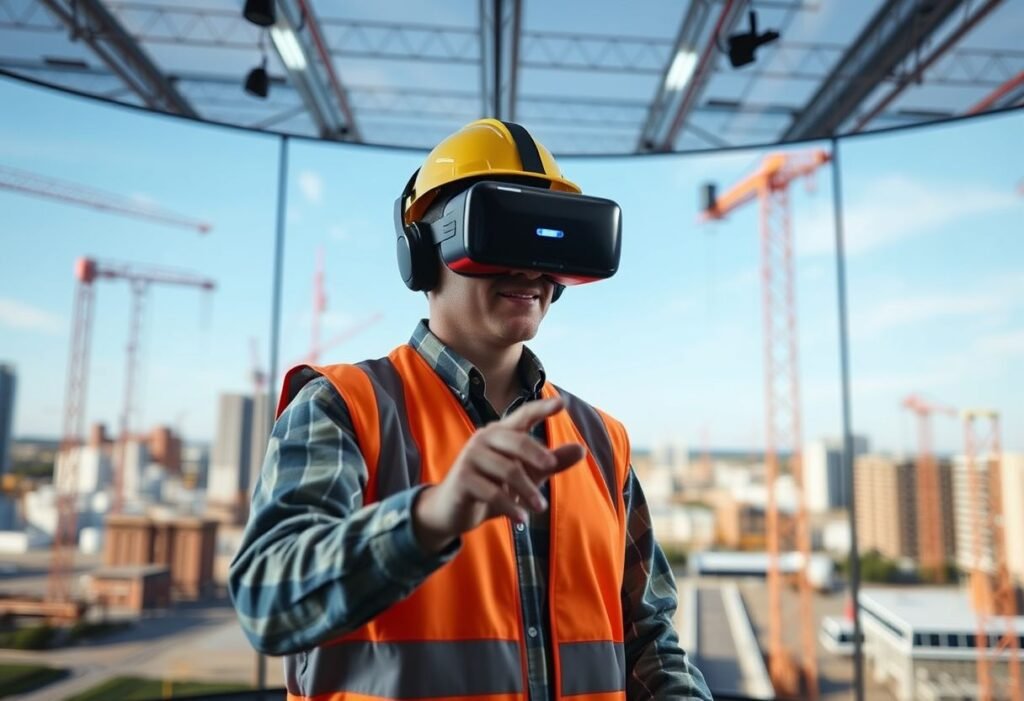The integration of Virtual Reality (VR) into the remote work landscape represents a significant leap in innovation. It transforms traditional workspaces into immersive environments that enhance collaboration and productivity, allowing teams to connect seamlessly regardless of location.
Transforming Remote Collaboration with Virtual Reality
Virtual reality is redefining how teams communicate in remote environments. By creating a simulated workspace, VR allows employees to interact as if they were physically present together. This innovative approach transcends geographical barriers, making real-time collaboration more effective. Utilizing VR platforms, teams can hold immersive meetings in virtual offices, enabling a level of engagement that traditional video conferencing struggles to achieve.
Enhancing Engagement and Productivity
The immersive nature of virtual reality not only fosters communication but also enhances overall engagement among remote workers. With interactive environments, employees find it easier to focus and participate actively. Studies indicate that utilizing VR for training or meetings can result in a significant increase in retention rates, thereby empowering workers to perform tasks more efficiently and effectively.
Innovative Training Solutions through VR
Training in virtual environments has emerged as a groundbreaking innovation. VR can simulate real-world scenarios that employees may face, allowing them to practice without the associated risks. For instance, companies in sectors like healthcare and manufacturing now utilize VR training modules to prepare employees for real-world challenges, ensuring they are better equipped when they step into their roles.
Cost-Effective Solutions for Businesses
Incorporating virtual reality into remote work settings can also lead to substantial cost savings for companies. By reducing the need for travel and physical office space, businesses can allocate resources more efficiently. Furthermore, the initial investment in VR technology can lead to long-term savings through enhanced employee training and productivity gains, making it a sound financial decision.
Building a Unique Company Culture
Creating a strong company culture in a remote setting can be challenging. However, VR offers unique solutions to bridge this gap. By organizing virtual team-building activities, companies can cultivate relationships and a sense of belonging among remote employees. Engaging in virtual team events not only boosts morale but also promotes a cooperative atmosphere conducive to innovation.
Future Prospects of Virtual Reality in Remote Work
As technology continues to advance, the future of virtual reality in remote work looks promising. With ongoing innovations in VR hardware and software, the potential for more immersive experiences only expands. As more companies adopt these technologies, we can anticipate a shift in remote work paradigms that embraces virtual interaction and collaboration as the norm, reshaping how work is perceived globally.
This article discusses the innovative uses of virtual reality in the context of remote work environments. The information provided is for educational purposes only and should not be considered professional advice.





















